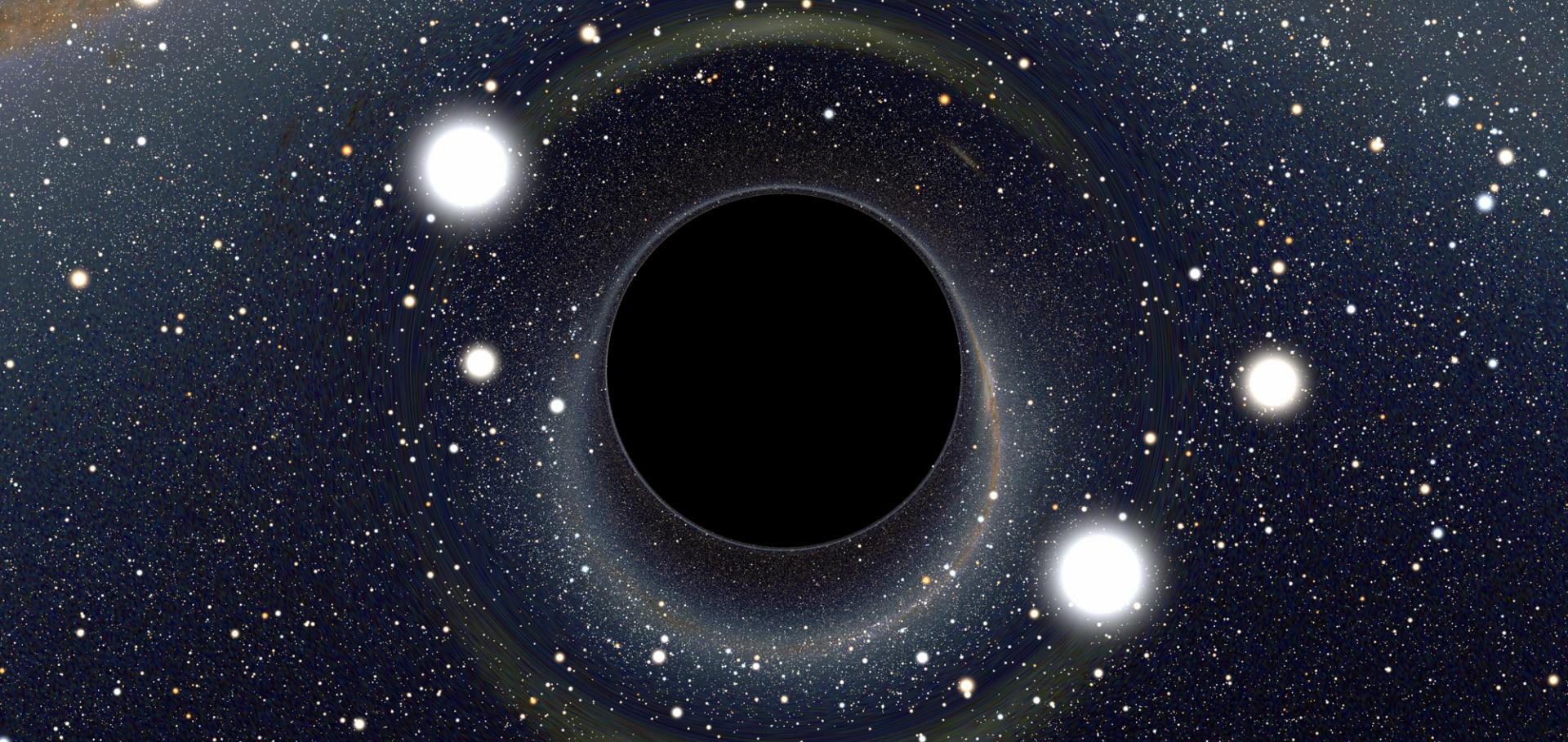The UKFMOS spectrograph - art. no. 62694A
P SOC PHOTO-OPT INS 6269 (2006) A2694-A2694
Abstract:
We describe the build phase of the UK FMOS spectrograph, a 200 fibre cooled OH Suppression infrared spectrograph being constructed as part of Subaru's Fibre Multi Object Spectroscopy facility. Here we describe recent UK activities within the FMOS programme and the likely schedule for commissioning at Subaru.The star formation rate at redshift one:: Hα spectroscopy with CIRPASS
MONTHLY NOTICES OF THE ROYAL ASTRONOMICAL SOCIETY 370:1 (2006) 331-342
The 2dF galaxy redshift survey: Correlation with the ROSAT-ESO flux-limited X-ray galaxy cluster survey
Monthly Notices of the Royal Astronomical Society 363:2 (2005) 661-674
Abstract:
The ROSAT-European Southern Observatory (ESO) flux-limited X-ray (REFLEX) galaxy cluster survey and the Two-degree Field Galaxy Redshift Survey (2dFGRS), respectively, comprise the largest, homogeneous X-ray selected cluster catalogue and completed galaxy redshift survey. In this work, we combine these two outstanding data sets in order to study the effect of the large-scale cluster environment, as traced by X-ray luminosity, on the properties of the cluster member galaxies. We measure the LX - σr relation from the correlated data set and find it to be consistent with recent results found in the literature. Using a sample of 19 clusters with LX ≥ 0.36 × 1044 erg s-1 in the 0.1-2.4 keV band, and 49 clusters with lower X-ray luminosity, we find that the fraction of early spectral type (η ≤ -1.4), passively evolving galaxies is significantly higher in the high-LX sample within A 200- We extend the investigation to include composite bj cluster luminosity functions, and find that the characteristic magnitude of the Schechter-function fit to the early-type luminosity function is fainter for the high-Lx sample compared to the low-Lx sample (ΔM* = 0.58 ± 0.14). This seems to be driven by a deficit of such galaxies with MbJ, ∼ -21. In contrast, we find no significant differences between the luminosity functions of star-forming, late-type galaxies. We believe these results are consistent with a scenario in which the high-LX clusters are more dynamically evolved systems than the low-LX clusters. © 2005 RAS.The O2/Halpha ratio of emission line galaxies in the 2dFGRS
Monthly Notices of the Royal Astronomical Society 362 (2005) 1143-1156
Galaxy groups at 0.3 ≤ z ≤ 0.55 - II. Evolution to z ∼ 0
Monthly Notices of the Royal Astronomical Society 358:1 (2005) 88-100


